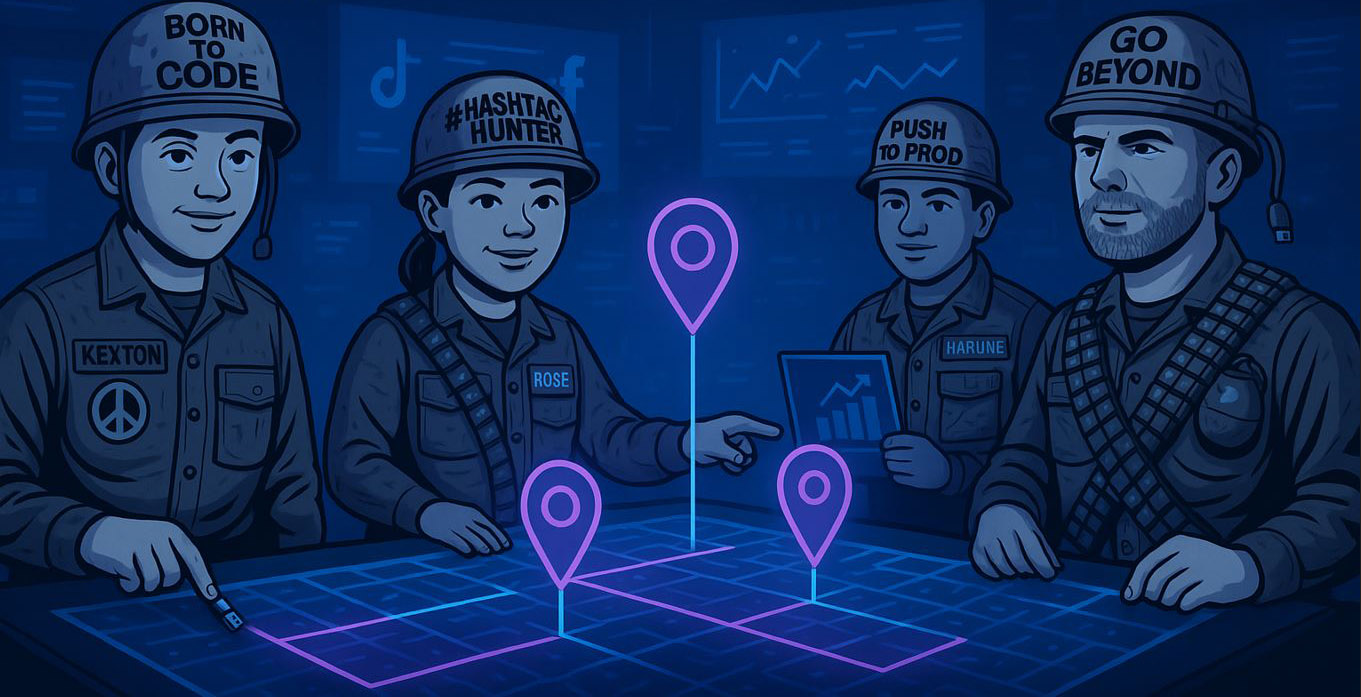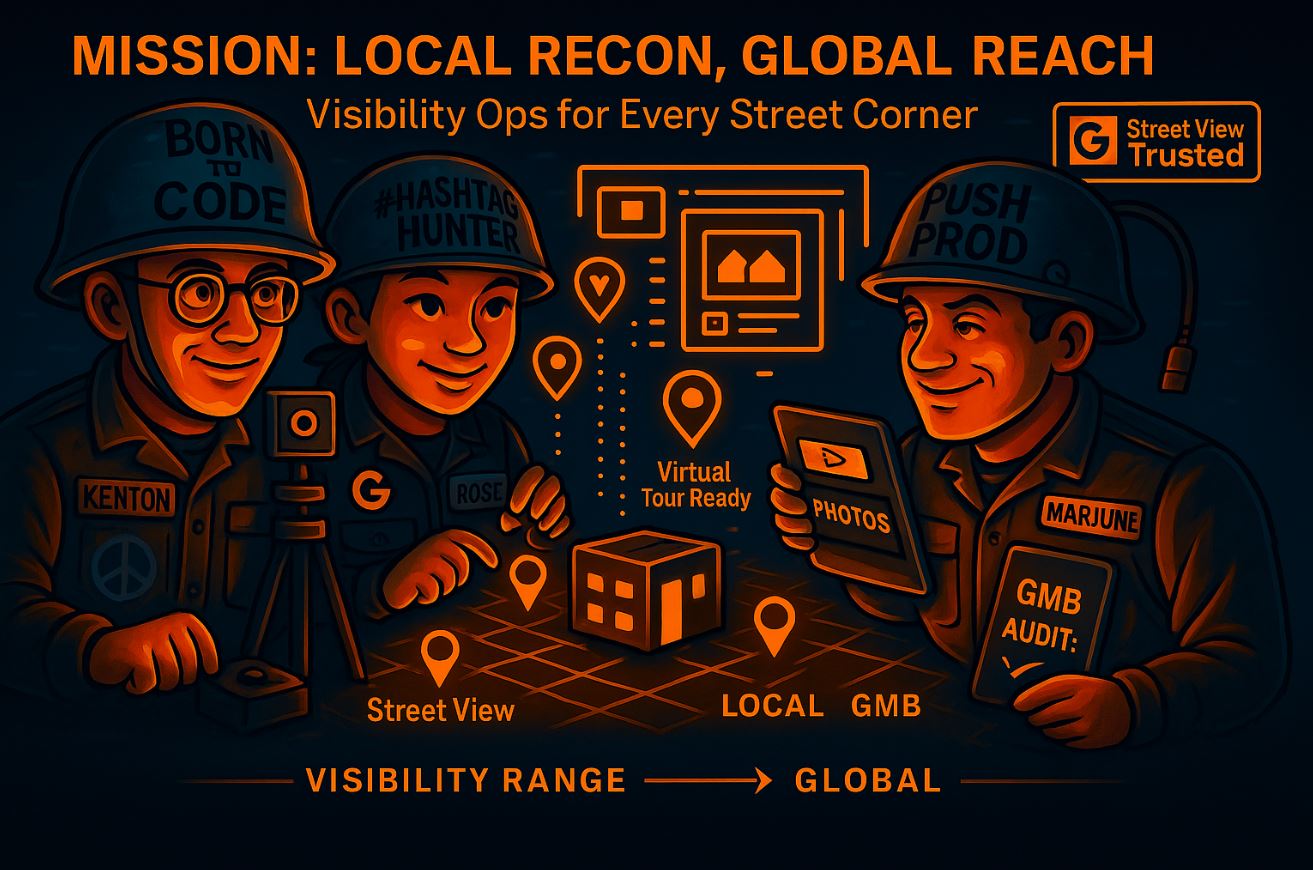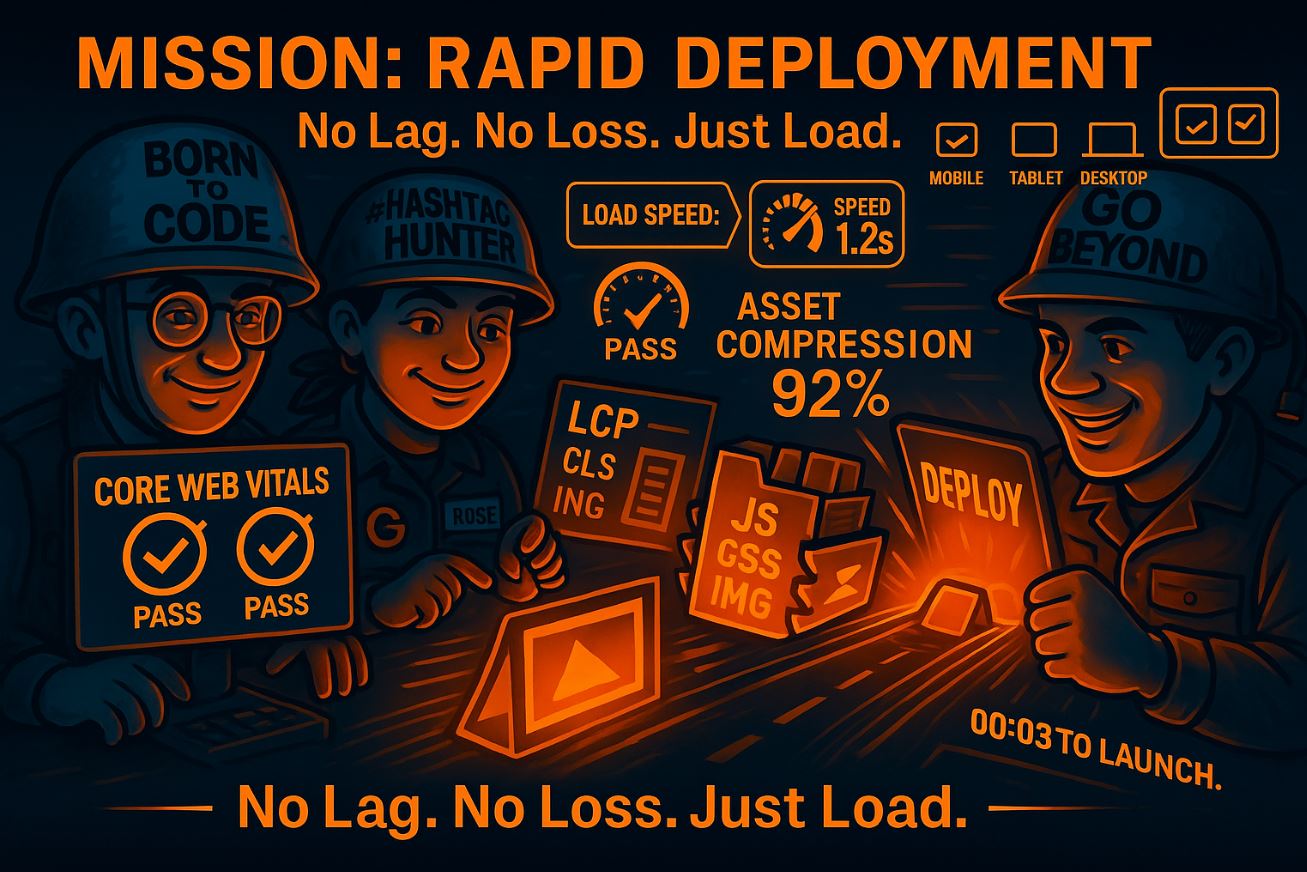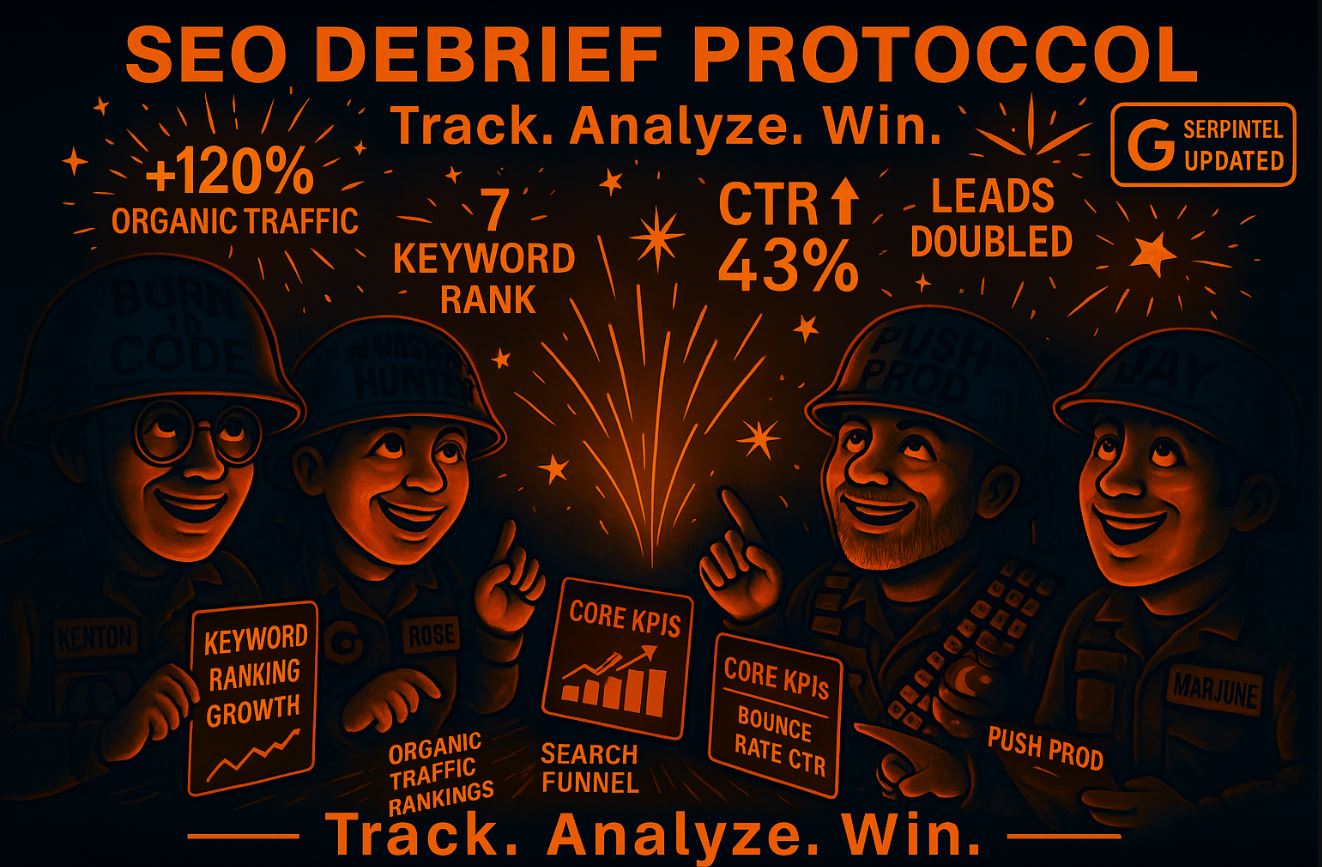SEO Services
Helping Des Moines businesses reach the next level with SEO that delivers.



SEO experts that can help you rank higher and grow your visibility in Des Moines, IA
Drive more traffic, leads, and conversions with custom SEO strategies designed to boost your presence in local search results, optimize your website performance, and help your business thrive online.
Our Expertise
01
 Recon & Targeting (SEO Services)
Recon & Targeting (SEO Services)We conduct mission-level reconnaissance on search engines—analyzing high-value keywords, competitive terrain, and local search behavior in Iowa (and beyond). From technical audits to keyword reconnaissance, we position your site for maximum visibility and lead acquisition.
02
 Fortify & Lock In (On‑Page SEO)
Fortify & Lock In (On‑Page SEO)We zero in on key page elements—titles, meta-tags, headers, and structured data—to ensure your digital footprint is secure and commanding. Content is calibrated for relevance, readability, and engagement, giving your brand authority on search results and user experience.
03
 Local Recon, Global Reach
Local Recon, Global ReachYour Google Business Profile is critical ground for visibility ops. We don’t just optimize—we deploy boots-on-the-ground tactics. If you’re a brick-and-mortar business, we’re Google-certified Street View Trusted, meaning we can capture a 360° virtual tour of your location for Maps.
We also shoot high-quality interior and exterior photos for your Google listing, social media, and marketing campaigns—ensuring your storefront looks mission-ready from every angle. Reviews, hours, posts, and keywords? We dial it all in for maximum map visibility.
04
 Rapid Deployment (Site Performance)
Rapid Deployment (Site Performance)A fast-loading site is essential for tactical advantage—our engineers optimize load times, compress assets, and align with Core Web Vitals. That means swift, responsive experiences across devices that convert and retain visitors.
05
 Receive comprehensive mission debriefs via easy-to-read dashboards—track rankings, organic traffic, and conversion KPIs. We interpret the data and refine strategy, giving you full operational clarity and continuous improvement.
Receive comprehensive mission debriefs via easy-to-read dashboards—track rankings, organic traffic, and conversion KPIs. We interpret the data and refine strategy, giving you full operational clarity and continuous improvement. Powered by tools we trust













PROCESS
We operate at the intersection of strategy, creativity, and technology—transforming ideas into impactful digital experiences.
"Your SEO experts, crafting data-driven strategies that connect with your local audience and drive real results."
Frequently Asked Brand Questions
01
At Jarhead Lab, we create results-driven SEO strategies tailored to your business. Our local expertise ensures your brand ranks higher in search results—especially in competitive markets like Des Moines, IA.
02
We don’t believe in cookie-cutter campaigns. Jarhead Lab focuses on personalized strategies, clear communication, and consistent performance—backed by real data and transparent reporting.
03
Our SEO services are flexible and designed to fit different budgets. Whether you’re a startup or an established business, we offer scalable solutions with a clear return on investment.
04
We offer comprehensive SEO solutions including local SEO, technical audits, on-page optimization, keyword research, content strategy, and link building to help your site grow organically.
05
Yes! Jarhead Lab offers budget-friendly packages without compromising on quality. We’ll work with you to prioritize actions that deliver the most impact within your budget.